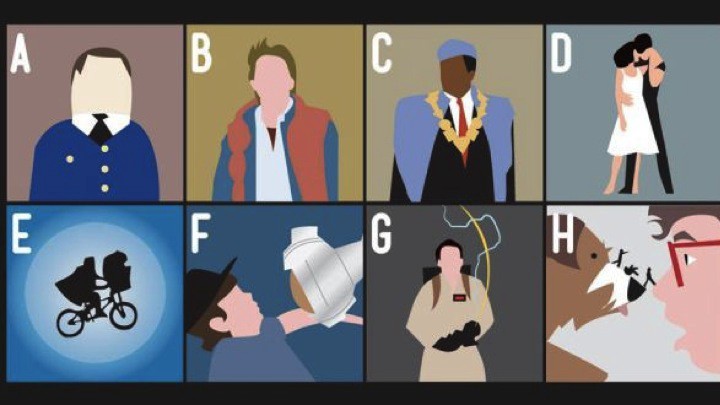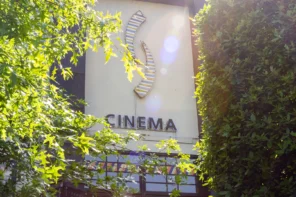I talked in quite broad strokes to get the overall picture across in the time I had, but this version of my keynote is so that I can share links and further information for you to find out more on all the projects and people I cited.
As you’ll see from the images that accompany this post, I am very firmly a child of the 80s. Ghostbusters is one of my favourite films.
It is a seminal genre mash-up between comedy, horror and sci-fi that has a good number of life lessons.
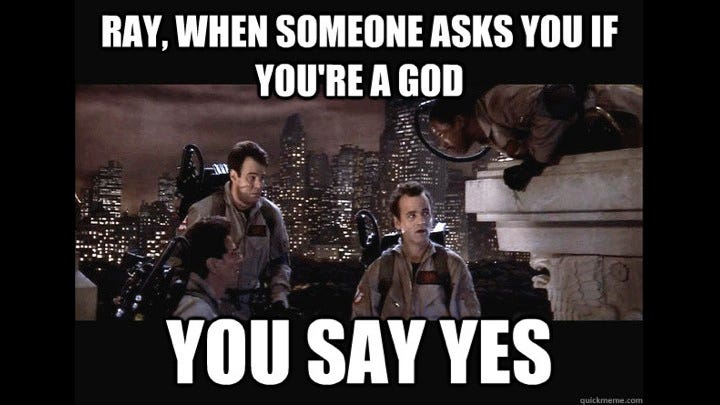
This one being a particular favourite of mine.
There are going to be a lot of 80s movie references here, and you may think it slightly absurd — but as Todd Haynes said in his BAFTA interview last week, sometimes the simplest things are the most true.
(Pretty much the entire audience at This Way Up had seen Ghostbusters, so at the very least, it was a useful analogy.)
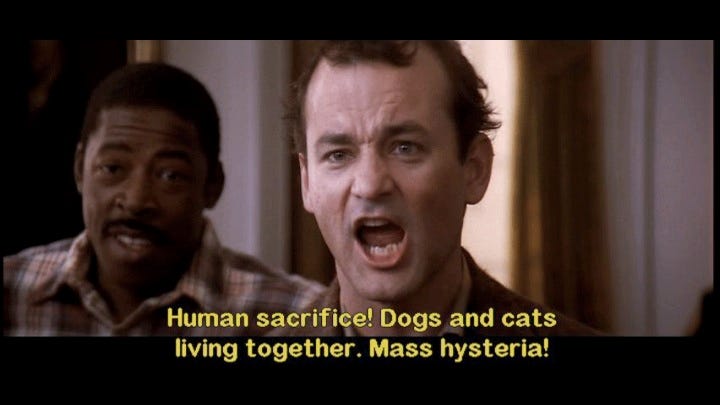
Often, when you ask people about what the digital age brings to our formally analogue world, you get this sort of reaction.
So I find it useful to set out what I see as some big myths that surround the “digital age”.
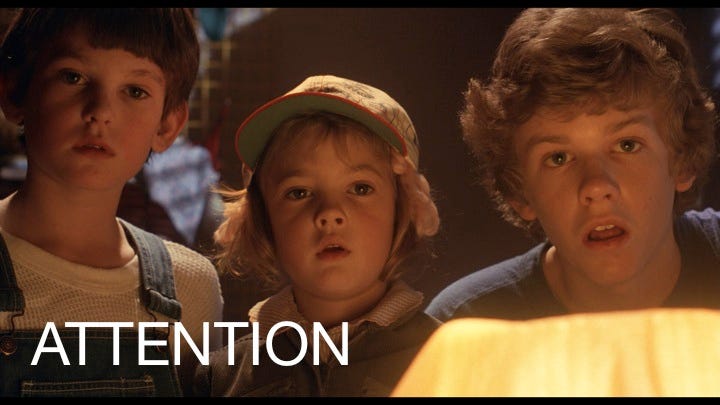
The first myth for me is around attention patterns. Attention spans aren’t diminishing. They are changing, and have a wider range, but they’re not diminishing wholesale.
Yes, we love a good Vine or an Emoji, but the phrase “binge watch” has entered the Oxford English Dictionary.
Hugh Garry’s talk for the Film4 Innovation Forum in 2014 is a brilliant thing to watch on attention spans and designing using their ABC of audiences. As is this to read by his colleague Matt Locke.
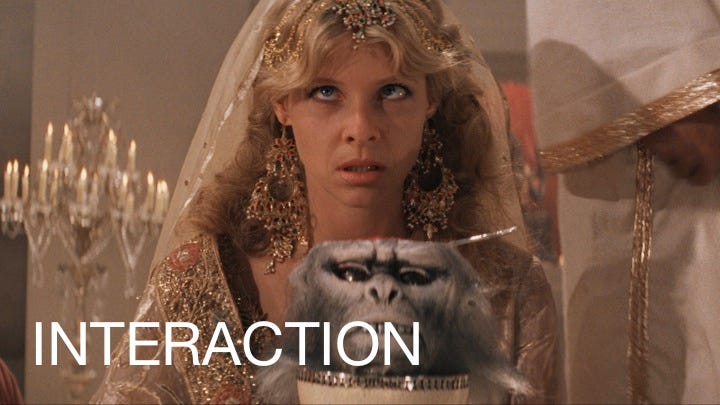
The second myth is that interactivity is automatically all-consuming. People don’t want to interact with absolutely everything. Punchdrunk haven’t put the National Theatre out of business.
And digital does not equal the death of the author, but it does put at risk lazy or bad storytelling.
Audiences have access to brilliant storytelling in all sorts of new ways now (those of you at the Europa Cinemas conference this weekend know there’s a whole “experience economy” out there for us), so you’ve got to be good to break through and capture attention.
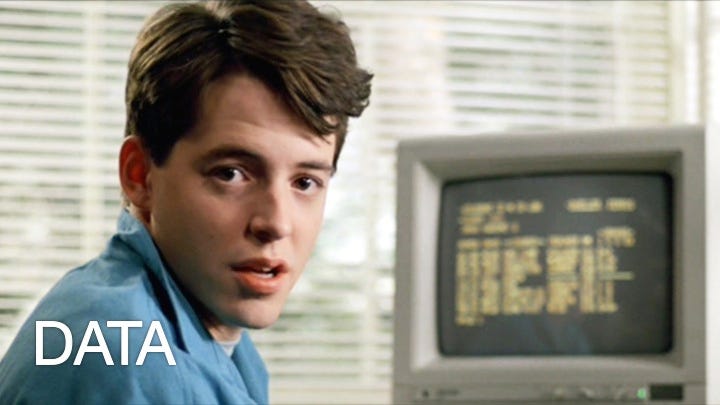
The third is that data is undoubtedly very useful. But we should be cautious in this area. Data can tell you what your audience is doing, but notwhy they are doing it. I’ll talk in more detail about what this means further down.
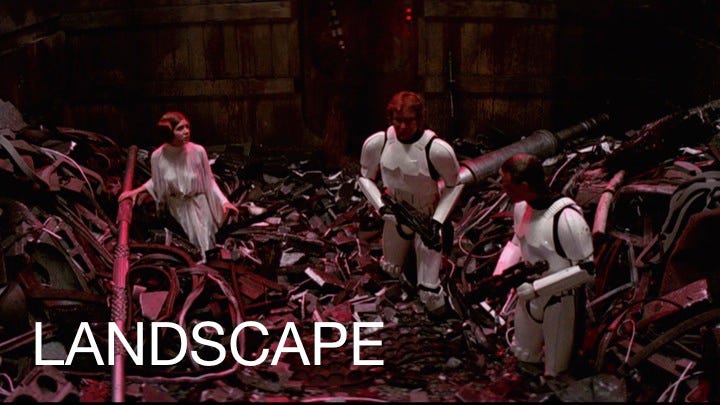
And the final area that’s useful to challenge here is that of futurologists predicting things with great certainty. Because the landscape is constantly evolving.
[Oh and yes, I know that Star Wars is a film from the 70s, but give me a break, I first watched it in the 80s and this picture was too perfect a fit for this point!]
In a talk about a range of evolving digital platforms Malcolm Gladwell warnsthat “Any kind of new and dramatic innovation takes an awful long time not just to spread but also to be understood” giving the example that “Facebook is at the stage that the telephone was at when they were convinced that the telephone wasn’t for gossiping.”
After all, if we’d have believed the Lumière brothers when they said “the cinema is an invention without any future” we may not be thinking about all this today.
If this is the case, what do, or can, we know in this landscape? Aside from the fact that Luke is a little short for a Stormtrooper?
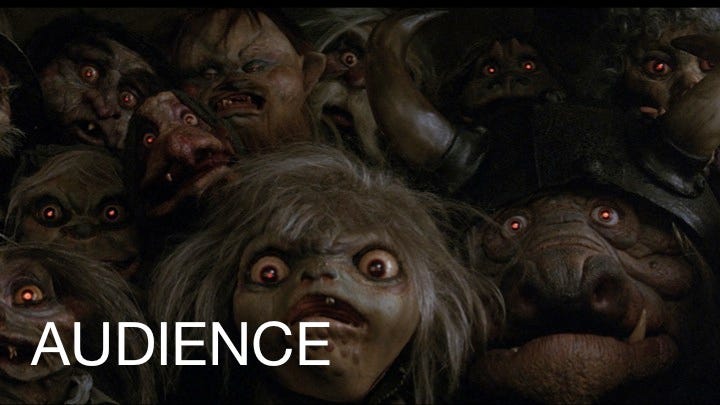
What the digital age undoubtedly means, for better or worse, is that we have a closer relationship with our audiences.
That plural is vital because, of course, as audiences should never be thought of in one lump.
For me this is very much for the better, and therefore incredibly important to nurture. We’re not in a one-way, broadcast “if you build it, they will come” market any more.
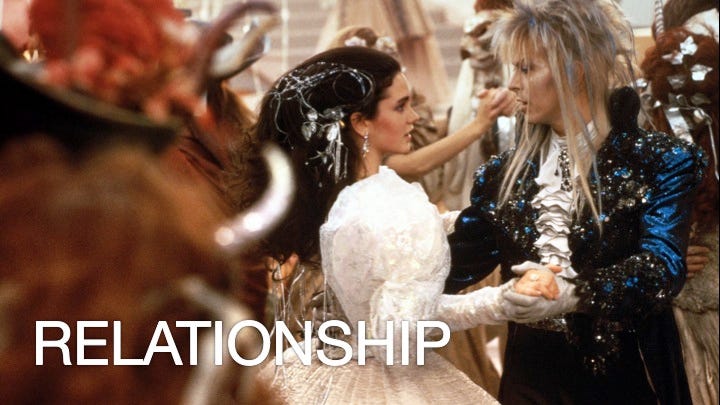
We have to think about being in a conversation with our audiences.
They want to be heard, and responded to properly. They will follow what they love loyally, but there is a risk that they will also shoot down what they don’t like.
So how do we start to get to grips with this?
Ze Frank — head of video at Buzzfeed — gave a brilliant talk at AMPAS on movie-going in the connected age and gives us one way to think about it.
[Also watch the fantastic talks in the New Audience series from Henry Jenkins, John Lasseter and Tayo Amos while you’re at it.]
And it is this: the majestic Facepalm. This is what you get when you Google it….
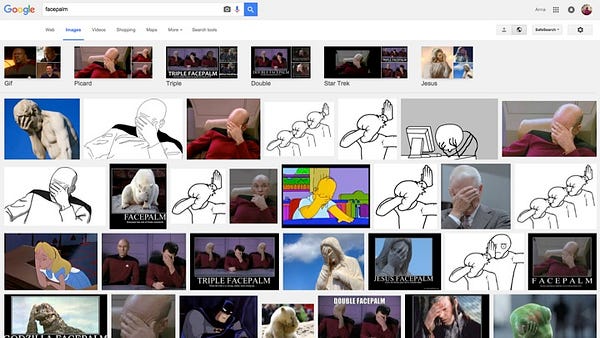
He correctly points to this phenomenon, or meme, as “a visible fulfilment of the promise that a picture is worth a thousand words” and argues that “we have become a culture that is obsessed with the appropriation of images in the service of deeper, complex meaning.” Emojis are another perfect example of that.
Just stop and think for a minute, how brilliant is that for us? We are themotion picture industry. This is what we do!
But it also flings us into a world where there are different uses for different media. Audiences do still want to lose themselves in a film. Revenues and audiences, are, on the whole, growing for cinema.
However, audiences can also now use media to express something about themselves. Rather than just receive what we want to tell them or what we have to sell them.
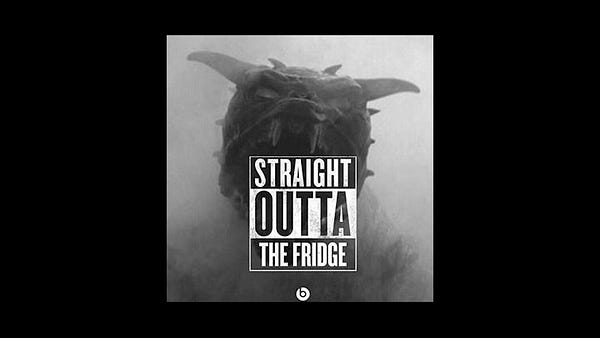
And if you approach this new dynamic in the right way, they’ll do the marketing for you — like this brilliant use of the Straight Outta Compton meme generatorI found.
To me, this is an unparalleled opportunity.
Your audiences have a desire to share. As Ze Frank shows us, they want to express their identity, give an emotional gift, or convey social information.
If you understand this, then you can make the useful distinction between consumable media and shareable media. They’re not necessarily mutually exclusive, but Ze Frank argues they’re located in different places.
Consumable media belongs in “the garden”, it’s a place of immersion and of losing yourself. So, the cinema experience is a pinnacle of consumable media.
Shareable media lives in “the stream”, it’s content you use when surrounded by your social context. It’s a video on Facebook that we share, because we use these media “as a proxy for communication”.
Why is this important to know? Because you need to be with your audience. I would argue that in this new age we cannot attempt to answer audience issues with industry problems.
Because we’ll hit a wall. And then those fears of apocalypse, cats and dogs living together, may come true.
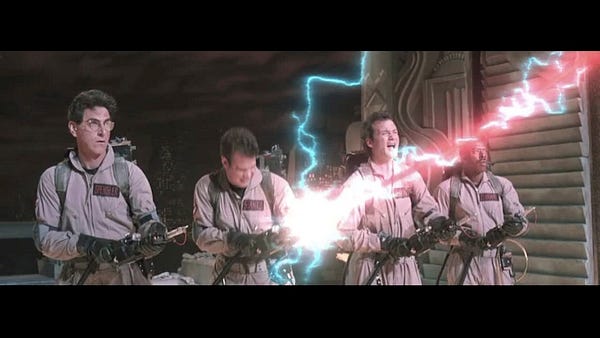
What do I mean by this? Well, your audience have no clue what a window or a VPF is, nor do they care why they’re there.
There are myriad responses to this sort of challenge, and the entrenchment of windows by the major exhibitors is one.
But I want to look at what I think are some more positive ways of working in this environment in 4 key ways.
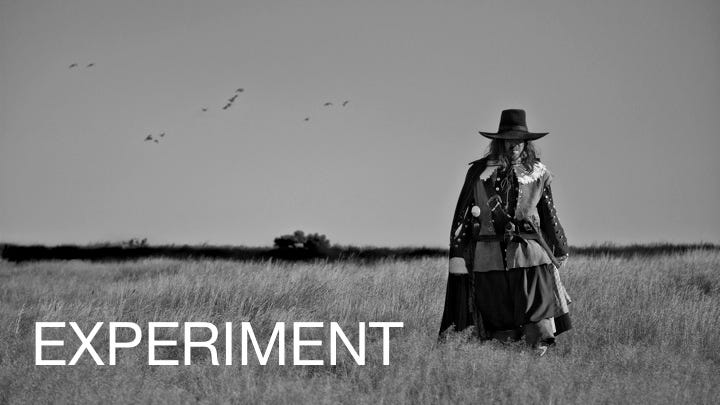
The first is experimentation, or “crossing the streams”. A good example of which is my first project at Film4, Ben Wheatley’s A Field in England.
This was prototyping — not just for Film4, but for the whole industry. The film itself is experimental of course; it’s a black and white film set in the English civil war featuring magic, madness and mushrooms.
But we developed, financed and made it in a way that enabled us to be really experimental with the release.
We had partners that were willing to experiment with us, and became the first film (that we know of) to go day and date on all platforms, including (crucially) free television.
We crossed what are considered the most apocalyptic of streams.
But we’re all still here. And here’s a video that gives some detail on what we did:
We’re still here because we designed each experience for different audiences, and we met them where they wanted to be. Our research with the BFI showed us that Cinema goers knew the film was screening free on TV, but they wanted the theatrical experience.
And it was prototyping for the industry because not only did we share the filmmaking process in a depth that hasn’t been seen before, but we shared all our commercial results live . Right from the Monday of opening weekend, updating them as we received them during release.
Independent cinemas and filmmakers — many of those at the conference and reading this — across the UK and internationally are doing this sort of work brilliantly.
All I’d ask is that we all share your findings and figures more. Because we’re better learning together than making the same mistakes in silos.
Sharing our learning for the industry was very much the mission of the Film4 Innovation Forums in 2013 and 2014, more of which you can dig into by clicking on the specific years.
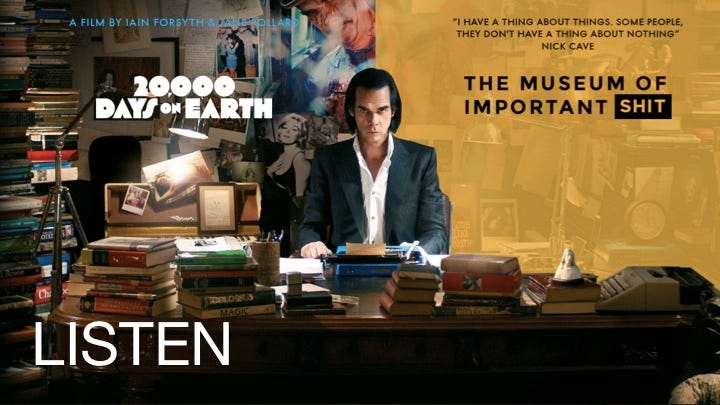
The second area that’s important for me is listening. Like my data myth mentioned earlier, it is important to not just think about the “what” your audiences do or want, but look at the “why”.
One of my last projects at Film4 is a great example here. 20,000 Days on Earth is a journey into the creative process and personal memory of Nick Cave by filmmakers Iain Forsyth and Jane Pollard.
Of course we had a film with an established fan base, we could have just played to that, right? Yeah, but we would have had a small specialist release.
This wasn’t good enough either for what we’d invested, or for the phenomenal film Iain and Jane were making.
So we thought about what the film was really about — the role memory has in shaping us all. Then we worked on a digital project in parallel with the film and a release that would feed a core, passionate fan base, but also bring in a much wider audience by encouraging circulation with sharable media.
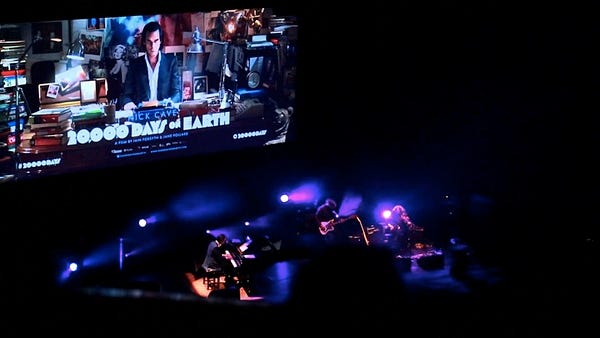
What do super fans want? They want to be in the room with Nick. They want to connect personally.
So we launched the film at a very special premiere from the Barbican in London with appearances from Nick and his collaborators.
What do wider audiences want? To express themselves in those ways we looked at earlier.
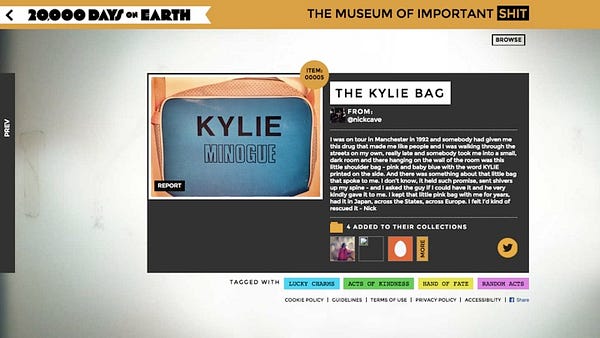
So, inspired by Nick’s own story in the film, we created the digitalMuseum of Important Shit.
The image-centric Twitter-driven site grew rapidly, filling with stories from around the world, and garnering brilliantly deep engagement.
The overall result was a film that went from a potentially small music doc to the highest grossing documentary of 2014 and won awards and critical acclaim around the world.
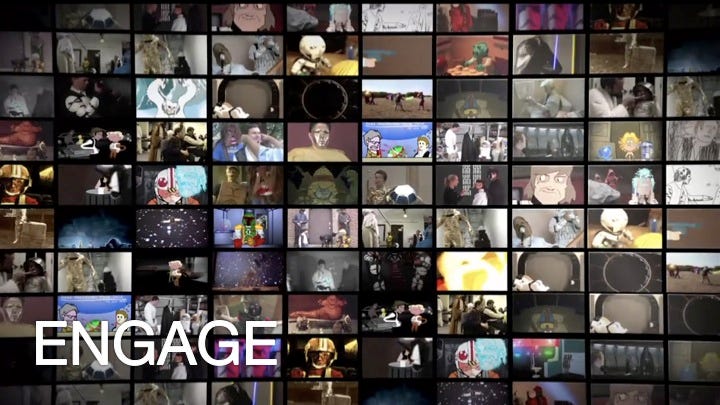
So the third area is about engagement, bringing your audience in as early as possible in the filmmaking process.
It’s something I did as a producer with The People vs. George Lucas, one of the first real crowd sourced films, which tapped into its core audience not just to screen the film, but to actually make it.
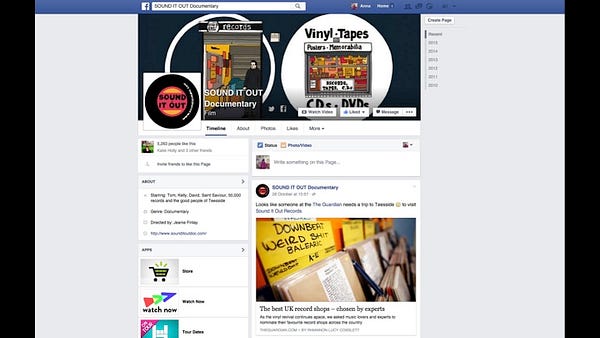
It’s something that filmmakerJeanie Finlay, who’s on a panel during the conference, does brilliantly well.
With films including Sound It Outand Orion, she’s funded, researched and distributed her films by really understanding who the film is both about and for.
It’s both creative and commercial because it understands her market and involves them in a way that enables them to share their passion and identity. It’s also a classic example of disintermediation — a really entrepreneurial move.

As her catalogue builds it also becomes about branding — she’s a filmmaker that you can connect with and that will represent you well and so one you will support.
Obviously there is always a balance to strike between the time these approaches take and actually making your business and/or films work, but if you’re really clear and clever about it, these relationships will always reap rewards.
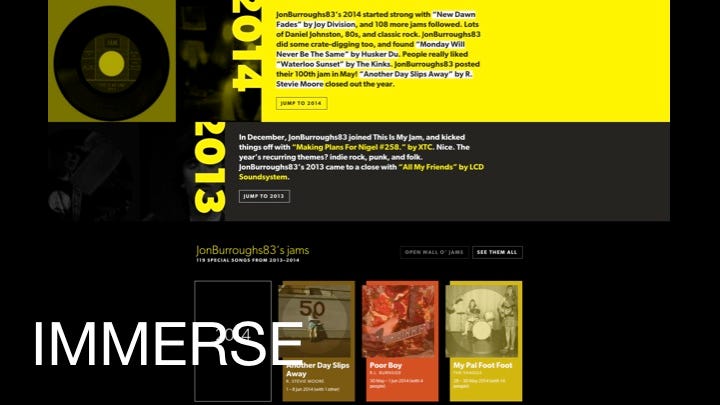
Finally there’s attempting to immerse your audience in what you do. And the example I want to share here is the Frank digital prequel that I commissioned made by Hugh Garry of Storythings, vitally for success made in partnership with director Lenny Abrahamson and one of the writers, Jon Ronson.
There’s a brilliant post from Jon Ronson on the process of this collaboration that you can have a read of here.

It was a really bold storytelling project that saw the central character Jon Burroughs’ life before the film spin out overTwitter, This is My Jam,Instragram and a whole host of other social networks — like own own lives do.
This helped build both a sense of the character before the film’s launch and generate interest in the film in the digital space.
It also provided a real rabbit hole for the audience to tumble down after they’d seen the film and get all sorts of lovely new layers of narrative from Jon’s feeds.
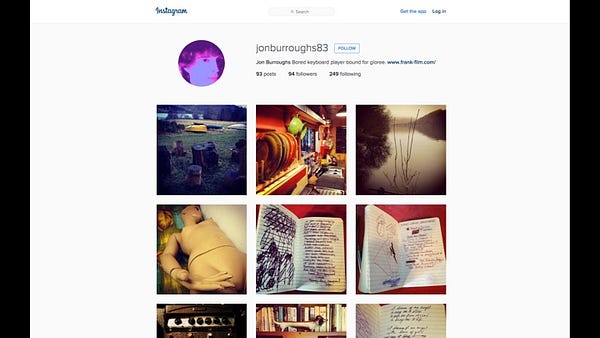
Of course this is possible too as a brand, and many independent cinemas, distributors and producers do great work immersing their audiences in their world, building real trust and responsiveness.
In this example, we in fact responded to audience interaction around the release of FRANK and put out a whole range of fun digital toys for them to play with that burst the fictional bubble, but at the same time brought them closer to the film and further expanded reach.
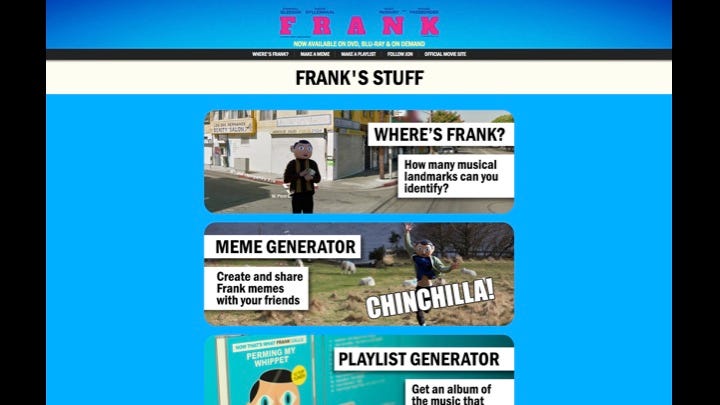
So those are just a few examples of how we can think about new approaches to working on films, and their releases, with our audiences.
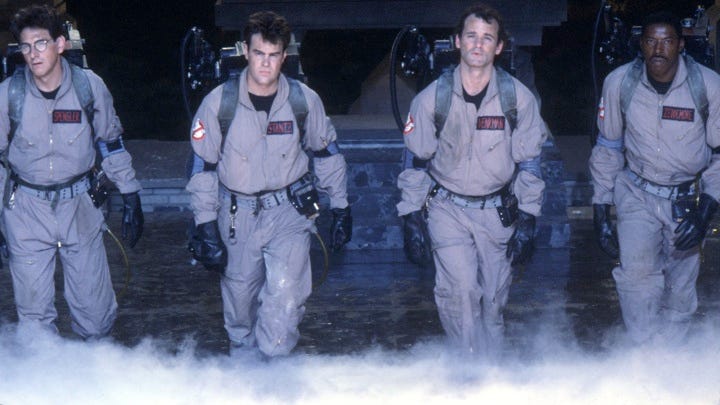
The range of these examples should also remind you that — unlike these fabulous jumpsuits — one size has never fitted all. Film distribution has always operated on a spectrum from art house to blockbuster.
But we could be accused of treating our audiences in one stock way …. and at one point we got away with it because the audience’s choices were as limited as our industry’s need to listen.
Now, whether we like it or not, the game has changed. So we have to think proactively about adapting.
You guys are the Ghostbusters. So I call on you!
The future is an exciting one with ever-increasing ways of being able to properly listen to our audience and create meaningful relationships and, ultimately, a more sustainable and diverse industry.
In conclusion, what is my call for us all? That we…
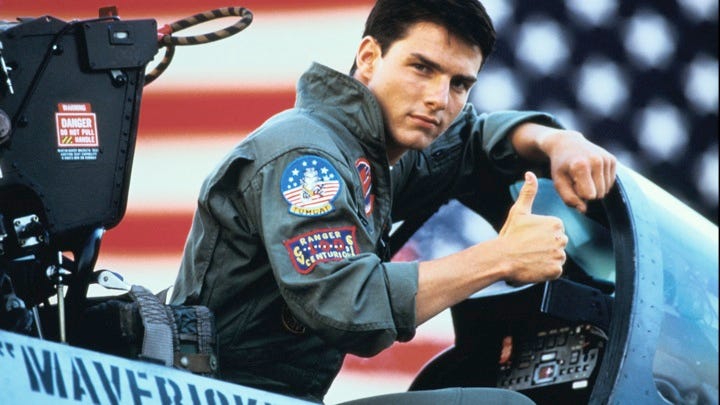
Be Maverick. Try things. Take some risks, and work with wingmen.
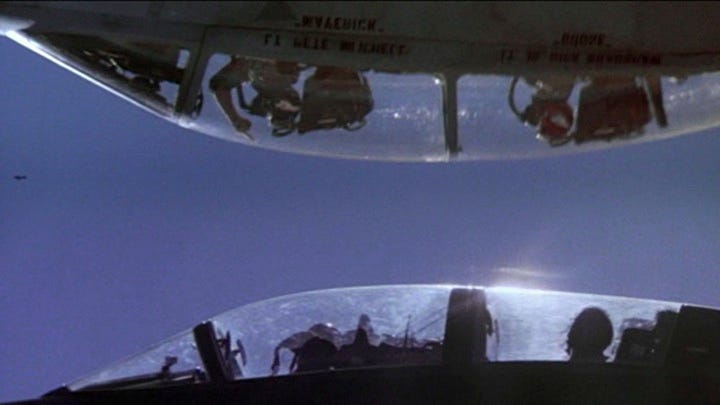
Communicate. Your audience will tell you what they think.
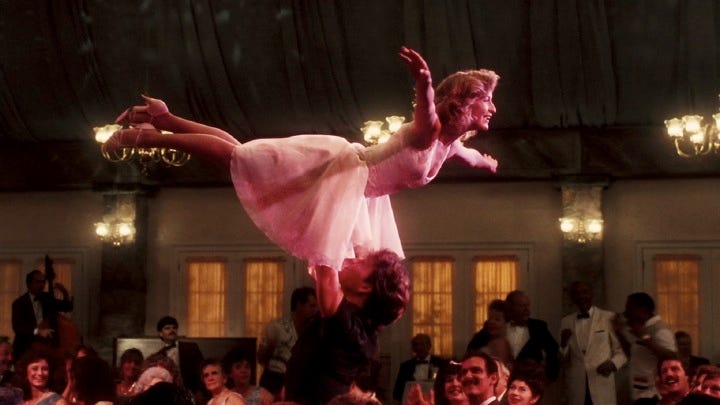
Remember that you can’t put baby in the corner any more… because she’s put down the watermelon and is on Twitter.
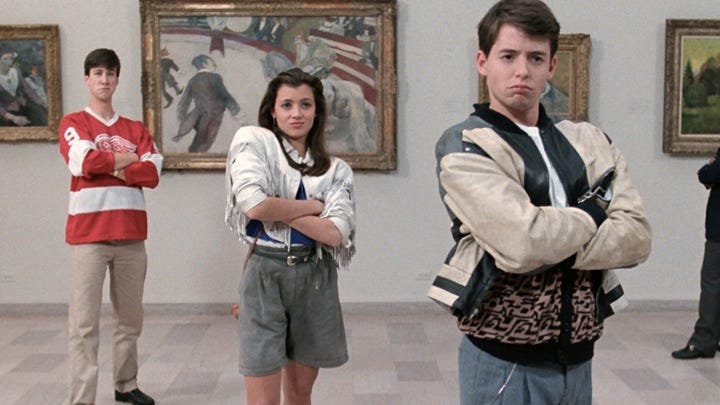
But do stop, look around, and properly understand the why as well as thewhat.
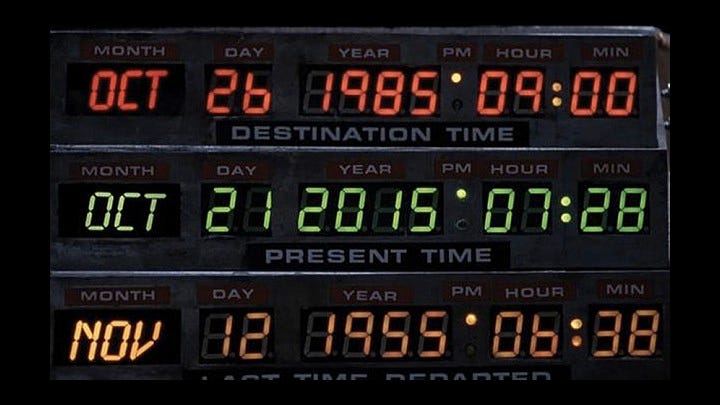
Never forget that nobody knows what the future looks like (unless you’re Marty McFly).
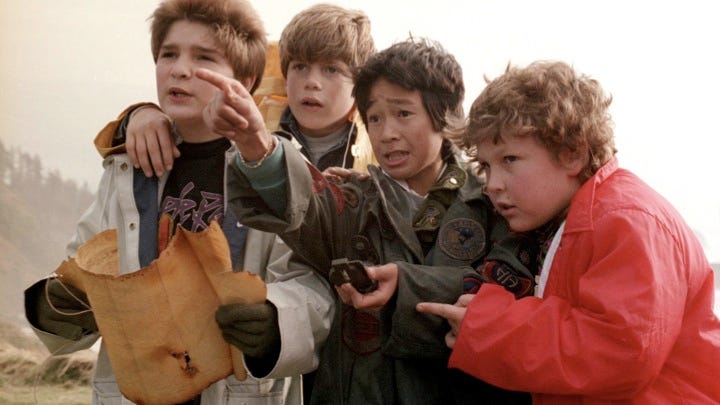
So ultimately, let’s join forces and explore the treasure map… it’ll be quite the adventure for us all.
All images that appear in this post sourced from film blogs or official sources and cited where possible. All images are used with the greatest of fan love.


